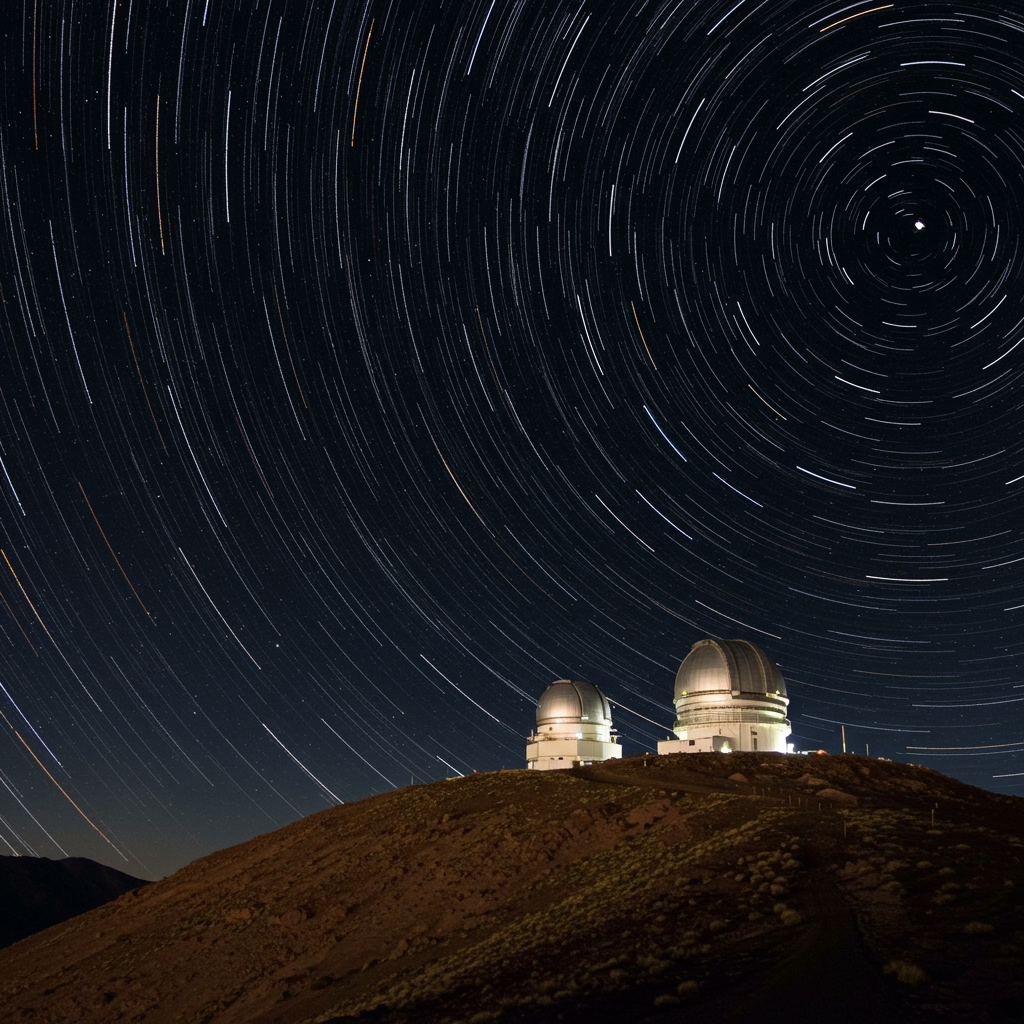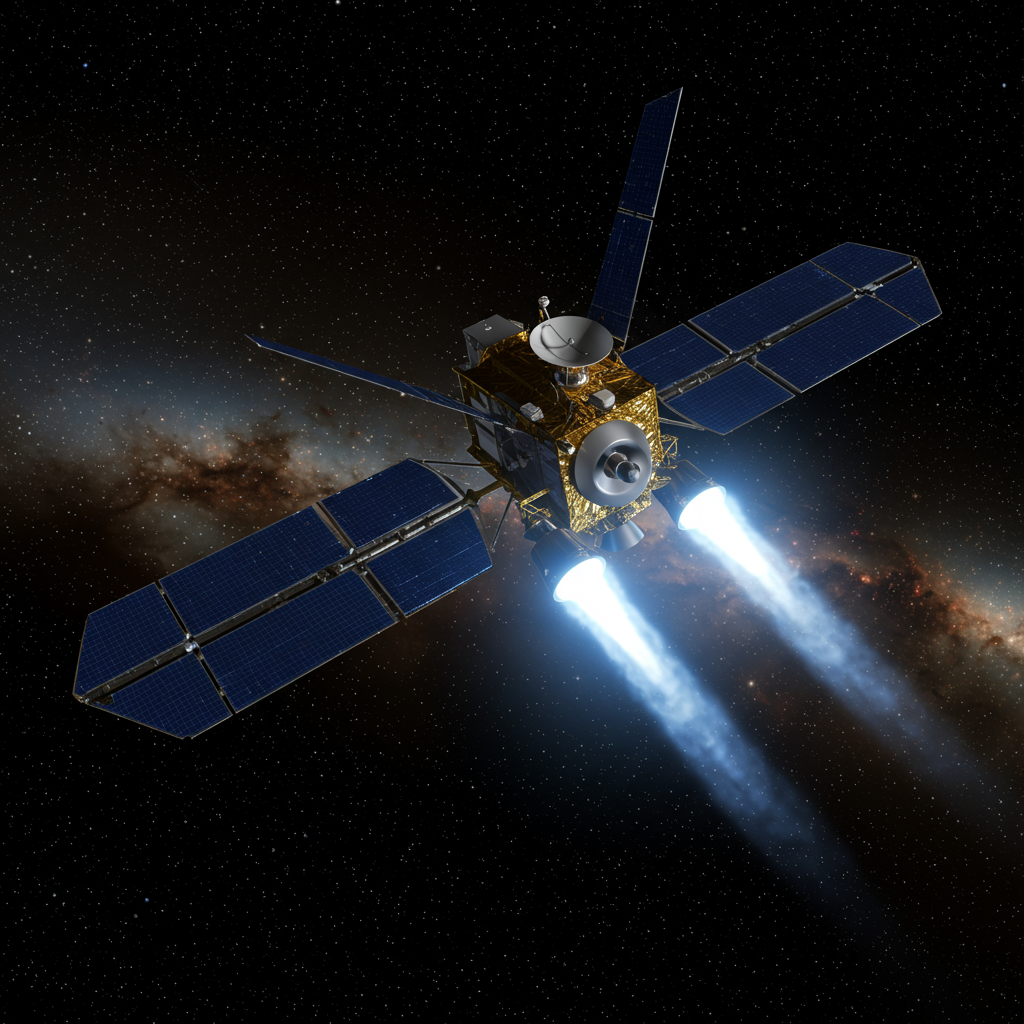Astronomers Capture Most Detailed ‘Thousand-Color’ View of Nearby Galaxy
A breathtaking new portrait of a familiar cosmic neighbor, the Sculptor Galaxy (also known as NGC 253), located about 11 million light-years away, has been unveiled by astronomers using the European Southern Observatory’s (ESO) Very Large Telescope (VLT) in Chile. Captured with the advanced Multi Unit Spectroscopic Explorer (MUSE) instrument, this image stands apart by rendering the galaxy in thousands of distinct colors simultaneously – a revolutionary approach that provides unprecedented insight into galactic structure and processes.
Unlike traditional astronomical images that capture light through only a few broad filters, this “thousand-color” mapping acts like a cosmic prism, breaking down light from every point in the galaxy across a vast spectrum, from ultraviolet to near-infrared wavelengths. This allows researchers to deduce critical information about the chemistry, temperature, motion, and age of the gas, dust, and stars throughout the galaxy.
Why the Sculptor Galaxy is a “Sweet Spot”
The Sculptor Galaxy was chosen for this ambitious observation because it sits in a uniquely advantageous position for study. As researchers note, it is “close enough that we can resolve its internal structure and study its building blocks with incredible detail,” yet “at the same time, big enough that we can still see it as a whole system.” This proximity allows for a detailed view of processes occurring on relatively small scales (just a few light-years across), while its overall size (approximately 90,000 light-years wide) enables a comprehensive understanding of how these local events impact the galaxy as a whole.
Capturing this intricate view was a significant undertaking. It required over 50 hours of observation time with the VLT and involved meticulously stitching together more than 100 individual exposures. The resulting dataset is staggering: each of the 1.3 billion pixels in the final image contains a full light spectrum, providing a comprehensive “thousand-color snapshot” for every location within the vast cosmic structure mapped.
Unveiling Galactic Secrets in Vivid Detail
The false-color composition of the image highlights the distribution of different elements and gases. For instance, widespread pink light indicates regions of active star formation, where hydrogen gas is excited by radiation from newborn stars. Other colors reveal the presence of elements like nitrogen, sulfur, and oxygen, mapping the chemical composition across the galaxy. A distinctive cone of whiter light emanating from the galaxy’s core is attributed to an outflow of gas driven by the central black hole.
This unprecedented level of detail allows astronomers to study the Sculptor Galaxy’s dynamic features with remarkable clarity. They can zoom in to examine individual star-forming regions at nearly the scale of single stars, while also zooming out to analyze large-scale structures and processes occurring throughout the entire system. This capability provides a vital link between small-scale events and the galaxy’s overall evolution.
A Record-Breaking Discovery: Hundreds of Planetary Nebulae
Initial analysis of this rich dataset has already yielded significant findings. Notably, astronomers discovered around 500 new planetary nebulae within the Sculptor Galaxy. These glowing shells of gas and dust are ejected by stars similar to our Sun at the end of their lives.
Detecting such a high number of planetary nebulae beyond the Milky Way and its immediate neighbors is remarkably rare; typical observations usually yield fewer than 100 detections per distant galaxy. This makes the discovery in Sculptor a record number outside our local galactic neighborhood. These nebulae are crucial “reliable distance markers” that allow astronomers to verify the precise distance to the host galaxy – a fundamental parameter that underpins all subsequent studies.
A “Game-Changer” for Understanding Galaxy Evolution
The detailed spectral data captured by MUSE provides insights into the “galaxy’s heartbeat,” revealing information about star formation rates, chemical enrichment, and gas flows driven by stellar winds. As NGC 253 is classified as a starburst galaxy (experiencing intense star formation), this dataset is considered a “game-changer” for studying how such vigorous activity impacts a galaxy’s growth and evolution. Researchers can trace the journey of specific elements and investigate the dense gas reservoirs that fuel star formation, potentially drawing parallels to periods in our own Milky Way’s history.
While the image itself is a stunning visual achievement, the underlying dataset is even more powerful. It serves as a “blueprint” for years of future research, allowing astronomers to delve deeper into the intricate processes of gas dynamics, chemical evolution, and star formation that shape galaxies like our own. Understanding how relatively small-scale processes can collectively exert such a profound impact on structures thousands of times larger remains a key mystery that this new, detailed view of the Sculptor Galaxy is poised to help unravel. The findings from this initial study have been published in the journal Astronomy & Astrophysics.




